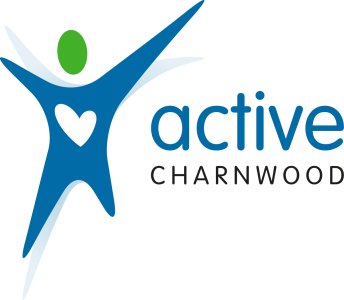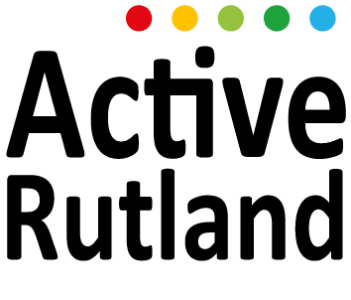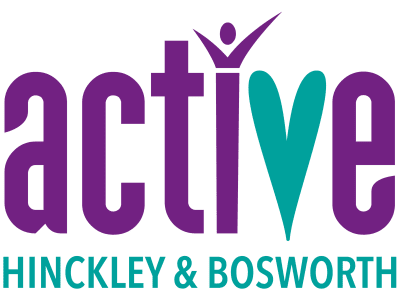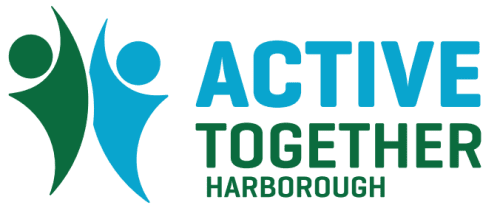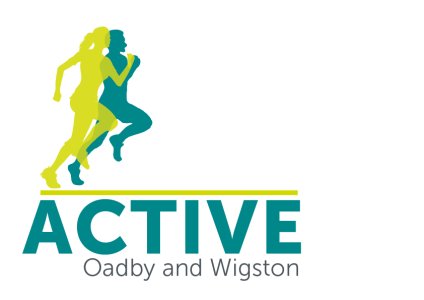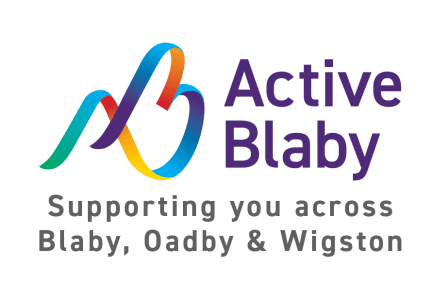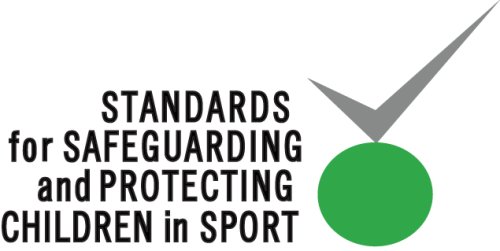Active Lives Adult Survey - May 2019/20 Report
- Date Published
- Oct 2020
- Publisher(s)
- Sport England
- Document Type
- Report
- More Info
- https://www.sportengland.org/know-your-audience/data/active-lives?section=access_the_reports
- Tags
- Covid 19
- Themes
- Health & Wellbeing*, Physical Activity, Social & Community*, Under Represented Groups*
- Sub Themes
- Mental Health, Physical Health, Deprivation, Ethnically Diverse Communities, Disability, Lower socio-economic groups, Females
- Geographic Area
- National
- Lifestages
- Adults, Older Adults
- Sport / Activity
- Cycling, Swimming, Exercise Class, Gym/Health Club, Walking, Mental Health
This report provides an update on the sporting and physical activity behaviours of adults (16+) in England in the 12 months from May 2019 - May 2020. This reporting period includes the eight weeks from Mid-March to Mid-May when England was in full lockdown in response to the coronavirus pandemic.
Sport England has published a separate Active Lives Adult Survey - Coronavirus Report (Mid-March to Mid May 2020) that explores the unprecedented impact the pandemic and associated restrictions has had on adult's engagement in sport and physical activity during these eight weeks. It is advised that both reports are read in conjunction with each other.
The May 2019/20 national results show that:
- Despite continued growth in the part of the year, and many adults adapting how they got active, the disruption in the final two months wiped out those gains and resulted in a flat set of results for the year overall.
- Disabled people and people with long-term health conditions: This group were becoming more active before lockdown. Over the last three years there's been a 3.7% rise in the activity levels of this group, with more than 400,000 additional people classed as active. However, between mid-March and mid-May, when many within these groups were advised to shield, many became more inactive and there was a rise of 11.2% in the number who did less than 30 minutes of exercise a week.
- Age: Activity levels amongst people aged 55 and over were increasing before the pandemic – over the last three years, activity levels for this group has risen by over 1.3m. However, in the two months from mid-March, with people aged 70 and over asked to shield, the drop for this overall age group was proportionally greater than all other age groups (down 1.1m/7.2%). The proportion of active 16-34-year-olds dropped by 10% (1.4m) in these two months, likely due to their reliance on the activities that were not available in this period and the closure of school and further education settings, which are now open, reflecting a downward trend more generally of activity levels in this age group.
- Socio-economic groups: People in lower-socio economic groups saw significant drops in activity overall and the gap between higher and lower socio-economic groups widened during these first weeks from mid-March.special Coronavirus (Covid-19) Report.
- Gender: While the gender gap was still an issue leading up to the pandemic, in the two months from mid-March many women adjusted well to getting active at home, evidenced by the fact the numbers of people doing fitness activities remained relatively steady as people switched from doing gym classes to home classes – helped by providers and trainers who diversified and moved their offerings online. Men suffered a greater drop in activity levels (-1.8m) compared to women (-1.2m) in those early weeks – a reflection that men are more likely to take part in team and racket sports than women, both of which were not permitted.
- The future: More recent data, collected for Sport England by Savanta ComRes, shows how important sport and activity restarting and leisure facilities reopening in recent weeks has been. While the pandemic is still significantly affecting activity habits, there's evidence that the number of people swimming and doing team sports is slowly rising as some start to return to the activities they did before. For example, the number of people swimming in September doubled compared to August, though the numbers of people swimming is down overall still. This is especially important for the 16-34-year-olds, whose activity levels dropped significantly in early lockdown.
Powered bySportSuite



